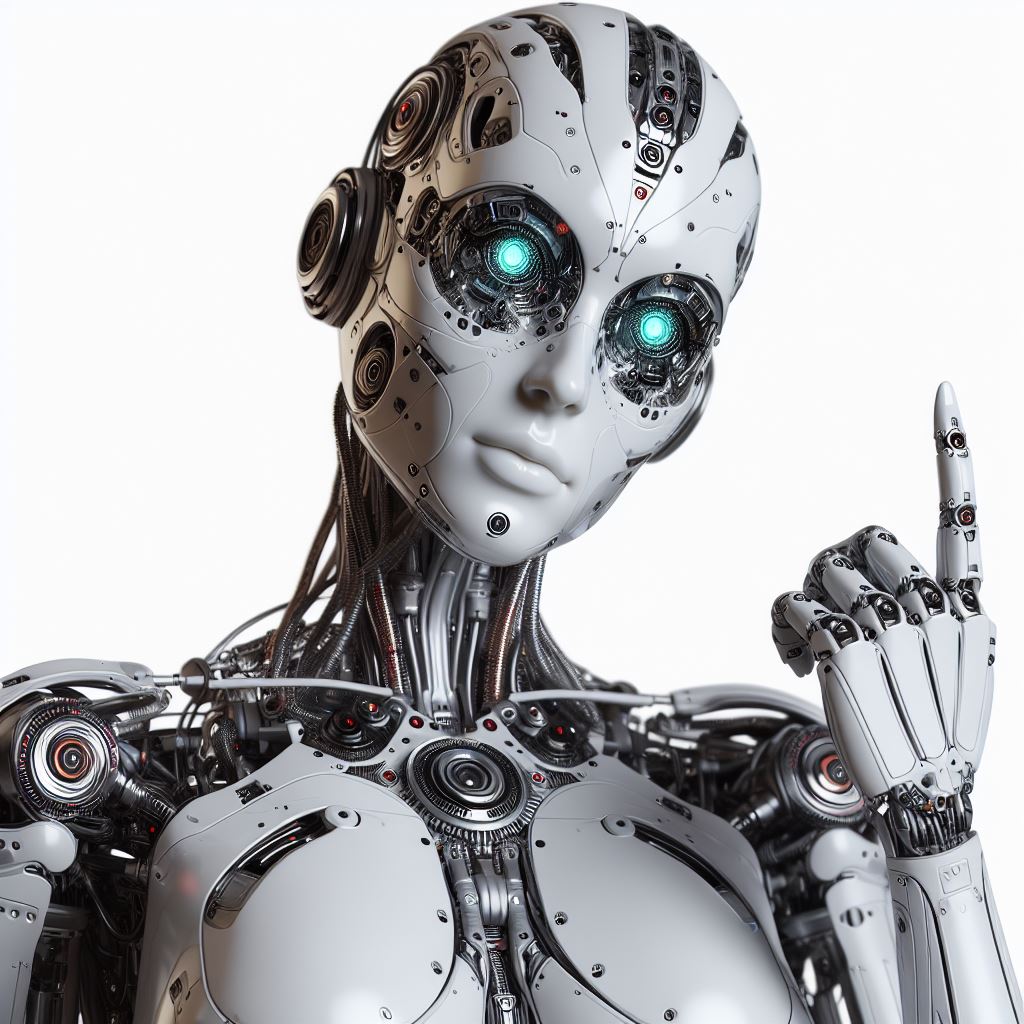Machine Learning (ML) has rapidly become a fundamental technology in various industries, ranging from healthcare and finance to marketing and robotics. At the core of this technology are machine learning models, which are algorithms designed to analyze and learn from data. These models enable systems to make predictions, classify information, and automate decision-making processes without explicit programming. In this article, we will explore the different types of machine learning models, their applications, and key concepts.
Types of Machine Learning Models
Supervised Learning Models: Supervised learning is the most common type of machine learning. In this approach, the algorithm is trained using labeled data, meaning the input data is paired with the correct output. The goal of the model is to learn the mapping from inputs to outputs so that it can predict the output for new, unseen data. Common supervised learning models include:
Linear Regression: Used for predicting continuous values.
Logistic Regression: Applied to classification problems where the output is categorical.
Support Vector Machines (SVM): Used for classification tasks with a clear margin of separation.
Decision Trees: Models that split data into branches to make predictions.
Random Forest: An ensemble method that combines multiple decision trees to improve accuracy.
Unsupervised Learning Models: In unsupervised learning, the model works with unlabeled data and must find patterns or structures within the data. This approach is ideal when you don’t have labeled output data and want to explore hidden structures in the data. Examples of unsupervised learning models include:
K-Means Clustering: A method for partitioning data into distinct groups based on similarity.
Hierarchical Clustering: Builds a tree of clusters based on data similarity.
Principal Component Analysis (PCA): A technique for dimensionality reduction, often used in data preprocessing.
Reinforcement Learning Models: Reinforcement learning (RL) is a type of learning where an agent learns by interacting with its environment and receiving feedback in the form of rewards or penalties. This type of model is widely used in applications like robotics, game playing, and autonomous driving. RL models learn optimal actions through trial and error, progressively improving performance over time.
Semi-Supervised Learning Models: Semi-supervised learning is a hybrid approach that combines labeled and unlabeled data. It is used when acquiring labeled data is expensive or time-consuming. The model starts with a small set of labeled data and a larger set of unlabeled data, gradually improving its performance as it learns from both sources.
Deep Learning Models: Deep learning, a subset of machine learning, uses artificial neural networks to model complex patterns in large datasets. These models consist of multiple layers of neurons, allowing them to capture intricate relationships in data. Deep learning models excel in tasks such as image and speech recognition, natural language processing (NLP), and self-driving cars. Some popular deep learning models include:
Convolutional Neural Networks (CNNs): Mainly used for image-related tasks.
Recurrent Neural Networks (RNNs): Suitable for sequential data like time series or text.
Generative Adversarial Networks (GANs): Used for generating new data similar to a training set, such as in image creation.
Applications of Machine Learning Models
Machine learning models are applied across a variety of industries, significantly enhancing decision-making processes, automation, and predictive capabilities. In healthcare, ML models are used for disease diagnosis and personalized treatment plans. In finance, they help with fraud detection and stock market predictions. E-commerce companies leverage ML for recommendation systems that suggest products to customers based on their preferences.
Another notable application is in the field of autonomous vehicles, where deep learning models process real-time data from sensors to make driving decisions. In the marketing sector, ML models are used for customer segmentation, predictive analytics, and personalized advertising.
Key Concepts in Machine Learning
To fully understand machine learning models, it’s important to grasp several key concepts:
Training and Testing: Models are trained on a training dataset and evaluated on a testing dataset to assess their accuracy and performance.
Overfitting and Underfitting: Overfitting occurs when the model is too complex and learns the noise in the data, while underfitting happens when the model is too simple to capture the underlying patterns.
Cross-validation: A technique used to assess how well a model generalizes by partitioning data into multiple subsets and testing the model on each.
Conclusion
Machine learning models are the backbone of many modern technologies, enabling systems to learn from data and make predictions without human intervention. From supervised learning to deep learning, these models offer powerful solutions across various industries. Understanding the types and applications of ML models is crucial for anyone looking to leverage this transformative technology.
